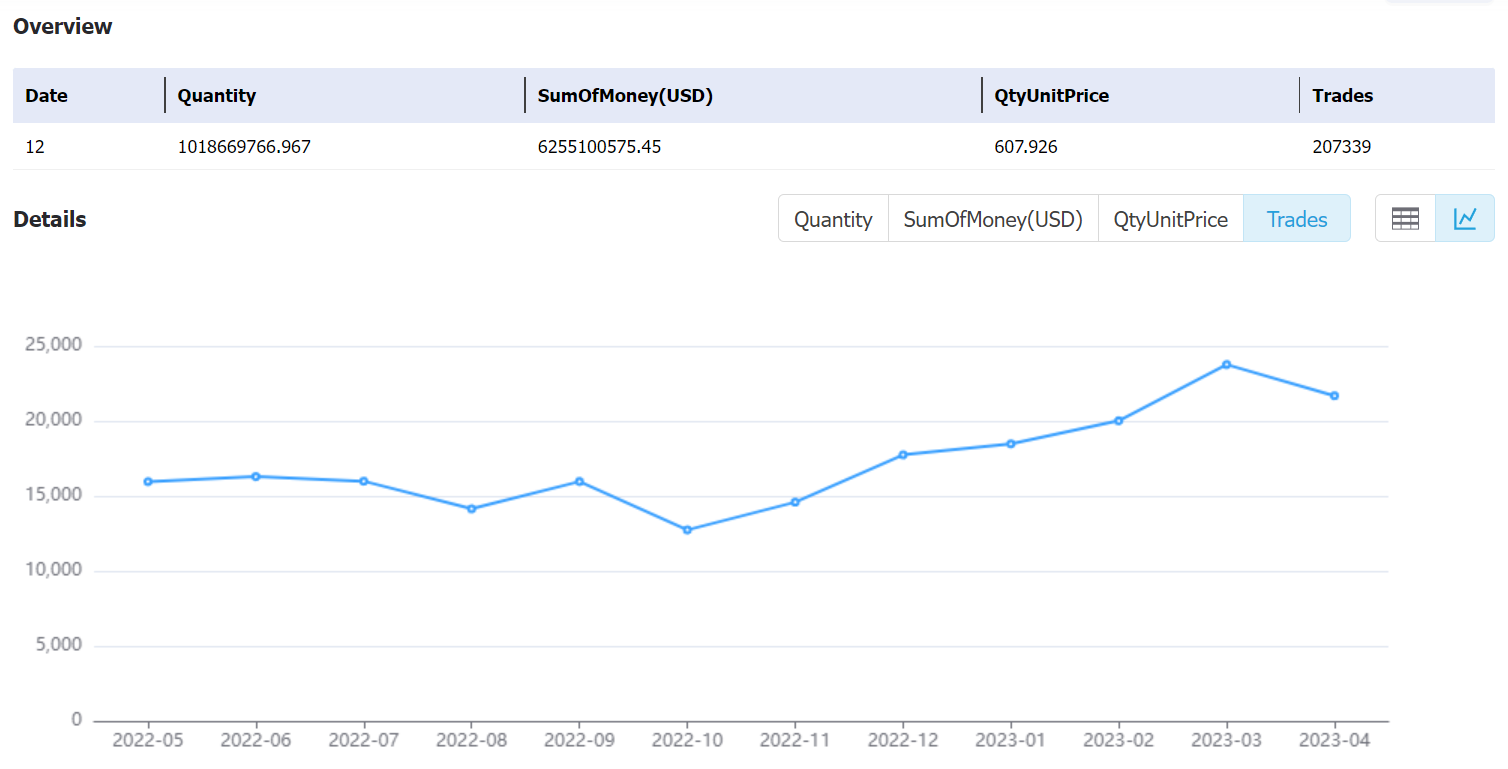 Import News
Import News
 2023-07-06
2023-07-06
India has long been a significant player in the international textile market, known for its rich heritage, diverse textile offerings, and competitive pricing. By examining the changes in the textile value of importing from India over the past few years, we can gain insights into the trends and factors influencing this important trade relationship.

Overview of Importing from India:
India is renowned for its textile industry, which encompasses a wide range of products, including fabrics, garments, home textiles, and accessories. The country has a well-established manufacturing base, with a skilled workforce and advanced production capabilities. Over the years, importing from India has attracted the attention of international buyers seeking high-quality textiles at competitive prices. Key import partners of India include the United States, European Union countries, and neighboring countries in the Asian region.
Changes in Textile Value of Importing from India:
a) 2020: In 2020, the textile value of importing from India amounted to 747.45 Million. This figure reflects the trade volume and the value of textiles imported from India during that year. The global economy faced challenges due to the COVID-19 pandemic, leading to disruptions in supply chains and a decline in overall trade activities.
b) 2021: The year 2021 witnessed a significant rebound in the textile value of importing from India. The trade volume surged to 4,592.62 Million, indicating a substantial increase compared to the previous year. As countries gradually recovered from the pandemic and economic activities resumed, the demand for textiles, especially in the fashion and home textile sectors, picked up pace.
c) 2022: The positive momentum continued in 2022, with the textile value of importing from India reaching 8,349.37 Million. This notable growth signifies the strengthening of trade relationships and the growing preference for Indian textiles in international markets. Factors such as the diversification of product offerings, improved quality control measures, and competitive pricing have contributed to this upward trajectory.

Factors Influencing the Changing Textile Value:
a) Product Range and Innovation: India's textile industry has adapted to changing consumer preferences by offering a diverse range of products, including traditional textiles, contemporary designs, sustainable fabrics, and value-added textiles. This product diversification has helped India cater to the evolving demands of international buyers and maintain a competitive edge in the global market.
b) Quality and Compliance: Indian textile manufacturers have recognized the importance of maintaining stringent quality control measures and complying with international standards and regulations. This commitment to quality and compliance has instilled confidence among importers, leading to increased trust and a positive perception of Indian textiles.
c) Cost Competitiveness: India's textile industry has remained competitive in terms of pricing, offering cost-effective solutions without compromising on quality. This affordability has made Indian textiles an attractive choice for importers, especially in price-sensitive markets.
d) Trade Agreements and Preferential Tariffs: Trade agreements and preferential tariff programs between India and its trading partners have also played a significant role in influencing the textile value of importing from India. Reduced or eliminated tariffs under such agreements provide importers with cost advantages and further promote trade between countries.
e) Technology and Digitalization: The integration of technology and digitalization in India's textile industry has enhanced efficiency, productivity, and communication. Advanced manufacturing techniques, such as automation and digital printing, have improved production capabilities and enabled timely delivery of high-quality textiles to global customers.
Conclusion:
The textile value of importing from India has shown notable changes over the past few years, reflecting the resilience and adaptability of India's textile industry. The increasing trade volume indicates the growing preference for Indian textiles in international markets, driven by factors such as product diversity, quality control, cost competitiveness, trade agreements, and technological advancements. As a foreign trade professional, I believe that the future holds promising opportunities for importing from India, and businesses can leverage the strengths of the Indian textile industry to meet the evolving demands of global consumers.
Category
Leave Message for Demo Request or Questions


 T-info
T-info T-discovery
T-discovery

 My
Tendata
My
Tendata Market Analysis
Market Analysis Customer
Development
Customer
Development Competitor
Monitoring
Competitor
Monitoring Customer Relationship
Customer Relationship





































































































































